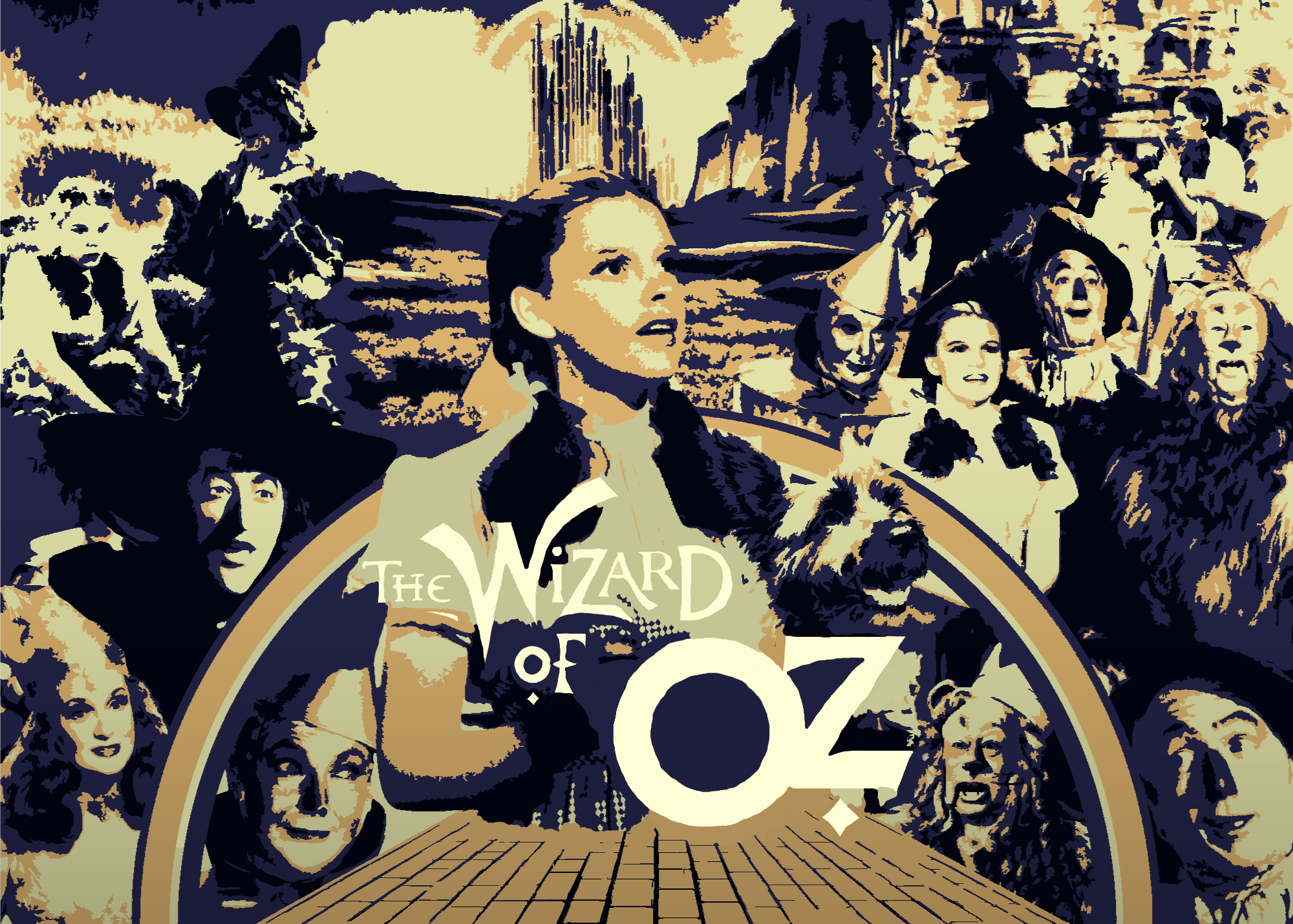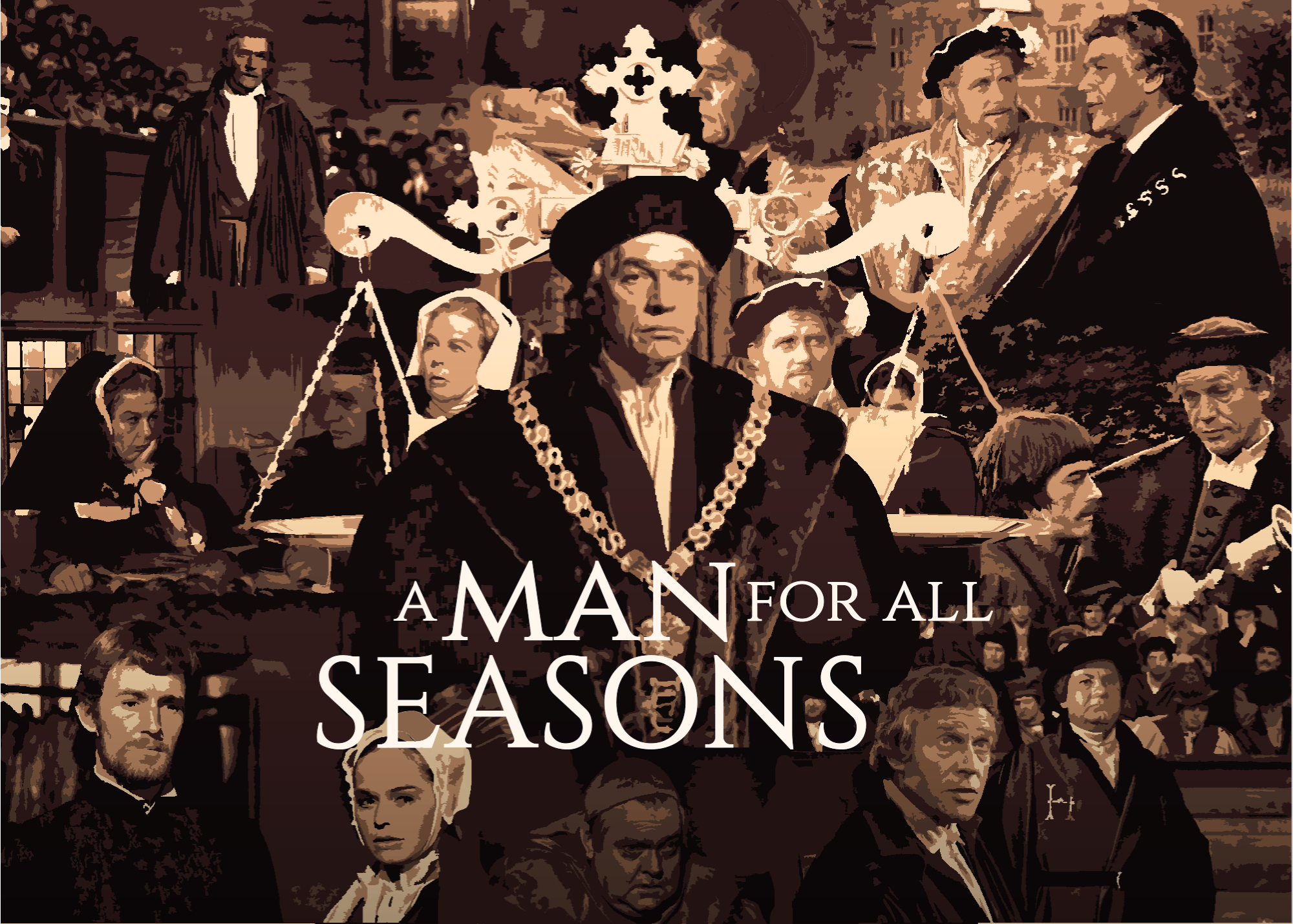"Lightyear" Review: Neil Armstrong, Creative Confusion, and the Official Death of Pixar
The iconic toy's origin story is a cheap, uninspired cash grab.
ModernIn 1957, the Soviet Union launched Sputnik, the world’s first artificial satellite. Its success sparked fear across the United States; the Cold War had raged since the conclusion of World War II, fueled by the acceleration of nuclear power. Sputnik convinced Americans that the Soviets possessed the technological advantage; the government swore this was not the case. The Space Race was born.
Over the next 12 years, the government assured us the Space Race was a human necessity and that each day was a step closer to victory.
All of this was true; thus, the Space Race holds a unique place in history: one of the few times a government urged people to buy in and rewarded that investment. The continual funding of NASA resulted in many “spinoff technologies:” memory foam got developed to improve the safety of aircraft cushions; freeze-drying got revitalized with improved nutritional content, a specialized gelatin to prevent crumbs, and the development of the Hazard Analysis and Critical Control Points (HACCP), a quality assurance initiative that remains influential in the food, cosmetics, and pharmaceutical industries.
Alas, no development in the Space Race surpasses Neil Armstrong's “giant leap for mankind." It was a great victory for American idealism, the deceased President Kennedy (who promised in 1961 to land a man on the Moon), and immortal one-liners. The Space Race continued until a joint flight in 1975, but for many, it ended that day in 1969.
Armstrong became a beloved hero, a national icon, and a symbol of everything we romanticize as Americans: winning, winning over Russians, and winning. He also symbolized another American principle: willful ignorance. Armstrong was not a decent man: he once threatened to sue his longtime barber for selling his hair to a collector (....) for $3,000. Armstrong demanded the man reclaim the trafficked locks or give the proceeds to charity. Neil Armstrong: First of His Name, King of the Astronauts and the First Moon Walkers, Leveler of Lawsuits, Breaker of Barbers, Stepper of… Steps.
Armstrong’s legacy remains untainted: a testament to not only his character, but the passion with which 1960s America forged his reputation; few figures are as untouchable, conspiracy theorists aside. He is the moonwalker who restored faith in America's Cold War prospects and capped off the incendiary 60s with a national victory that (briefly) united warring generations.
Imagine inventing a toy of that man and making him an asshole.
Such is the logic of Lightyear, in which Pixar asks us to believe that Buzz Lightyear is so highly regarded in the studio’s storied history that, 27 years after his initial appearance, they wanted to do an origin story. Lightyear’s Buzz begins as a milder version of his Toy Story origins and ends with him as a genuine hero to such a degree that the toy based on him is a prick. It is the studio’s worst offering since 2015’s The Good Dinosaur; like that Lion King rip-off, Lightyear suffers from a lack of imagination: the creators got too caught up in justifying its existence to inject it with any.
It starts at the beginning, as the film reminds us of Toy Story’s Andy Davis to sell us on this being the movie that made him enamored with Buzz. Unfortunately, an audience cannot suspend disbelief when addressing your canon. Despite getting run like a company, Andy’s room is unaware of Buzz Lightyear’s existence and marvels at him and his functionality. Andy saw the movie, loved it, and became awed by its protagonist: none of the toys EVER heard Andy discuss him? No one heard of this toy from Andy’s favorite movie?
It’s why the filmmakers give us that opening crawl, even though the post-release press does not entirely support it. If it's the movie on which the toy got based, then Buzz's persona in Toy Story is senseless. Toys get developed based on the concluding character, not the initial one. The Buzz of Toy Story is an egomaniac who cannot see reason until the truth becomes inescapable. He cannot fly; thus, he is not a Space Ranger. The story concludes with him being happy to “fall with style,” a callback to Woody’s earlier dismissal, and the duo united under a common cause: Andy.
Hasbro would never make a toy that rejects the message to which children would relate. Kids love Buzz’s gadgets, but they are sharper than we realize: they pick up on morals, ethics, arcs, and journeys. A child would want the Buzz at the end of Lightyear, equipped with electronic messages about heroism and family; they would loathe the self-righteous cretin at the beginning.
If the movie wants to make Lightyear an Armstrong-like figure, it can’t because he never makes it off the planet. Even if he did, that would mean they turned an international hero into a horrible toy. Yes, Andy plays with him in one form, and he exists with his compatriots in another: much of Toy Story relies on flipping things on its head; the dinosaur is a walking phobia, the pig is an intellectual, the dull spud has an attitude, and the slinky isn’t morally flexible. In this light, it could get argued that the filmmakers were honoring their flagship creation: the brave, heroic toy was once fueled by arrogance, but now he’s turned once more and must become a decent guy again. Alas, he’s simply Buzz-lite. He has the selfish hubris that egomaniacs disguise as bravery, only minimized to appease the audience.
Sadly, that reduction makes Lightyear plain. Even visually, Pixar forsakes its signature vibrance for modern realism, characterized by darkness and brooding. A Space Ranger is on an alien planet from which he seeks to escape by flying through the cosmos in hyperspeed; yet, the color palette lacks variance.
Buzz’s team is the typical band of misfits, each a trope previously employed by Pixar: Izzy is Inside Out’s Joy, Mo is Fear, and Darby is Anger, but all so muted that their concepts rob them of charm. Even as Pixar’s most grating protagonist, Joy works because Inside Out committed. Lightyear grants her counterpart some pep, but she lacks personality, only acting as a more compelling character’s replacement. Everyone has a point insofar as they exist and thus inherently possess one, but none have a purpose; the film’s insistence on pretending otherwise is the nail in its coffin.
Lightyear contains many resolutions but no payoffs; every character’s trajectory is contrived and moves at hyperspeed. Mo's fear torpedoes the mission: with no catalyst, journey, development, or inspiration, he eventually saves the day by surging into danger. Izzy fears space, a typically counterintuitive phobia for a character like her to possess. She overcomes that fear, only to not have overcome it later, then conquers it again. The how is barely addressed; Pixar hopes the why inspires our belief, but the need for something is rarely enough to justify it; movies must earn moments. Lightyear refuses to try.
Pixar once understood the key to their craft. The stories were not revelatory, but that wasn't necessary; they offered vital lessons for children through visual splendor. Within these 90-minute nuggets of genius was reflective wisdom for adults. At their core, early Pixar movies are about becoming a parent. Finding Nemo is the story of a fish who learns that fatherhood is more about letting go than holding on. On the surface, Monsters, Inc. is a buddy film, but Sully gets thrust into something he didn’t expect and must learn to fulfill a purpose greater than himself. In Toy Story, Woody is the father Andy doesn’t have, and he behaves as one would: dutiful, protective, and defensive of his territory when it gets encroached upon; he learns to accept that no one can do everything for their child, and that’s okay.
Helping us understand what it sought to impart was their calling card; to do that, you must seek to impart something in the first place. Lightyear is a film with no ambition but is desperate to appear otherwise; like all desperation, it lacks substance. It’s akin to a cheater pleading for forgiveness: they say the right things, but actions speak louder. Somewhere, Pixar has a solid script for a moving sci-fi adventure, but not here. We can gaze upon the surface elements, but knowing how little they amount to leaves us unsatisfied.
A studio like Pixar requires trust: not just the one developed by an audience accustomed to greatness, but the trust a creator must have for their consumers. Pixar once welcomed us inside the collective brain of an animation titan, believing that, even if we didn’t know the science of the art, we would recognize how it translated. Lightyear is never funny, save a short-lived debate over the structure of a sandwich. It is never moving except for two brief detours into meaning.
Buzz realizes that dwelling on the past made him forsake his future; suddenly, his conceit buckles under its weight. Izzy suffers a right hook to a common double standard: she comforts Mo through his mistakes but is inconsolable regarding hers. We get a window into the movie Lightyear could have been if it had trusted us to invest in a new Pixar creation. It will surely make money, and the reviews have been good, but what impact will Lightyear have? Will it seep into the consciousness, pound into the memory, or live on in the cultural zeitgeist for decades like Toy Story?
No.
It’s a familiar character in a story of identical nature. It’s all his fault, so he tries to fix it, fails, sets out to correct his wrongs with cardboard cutout characters, and encounters a “shocking” twist. We’ve seen it all before; in a vacuum, that’s fine. Pixar mastered tinkering with the familiar in so many small ways they amounted to something new. Sadly, it’s also mastered forgetting what they mastered.
It begins with conception. If the foundation is flawed, the building will crumble. The concept storytelling, unearned payoffs, thematic confusion, and visual staleness are rooted in that shaky foundation. Even now, the creators cannot agree on whether Lightyear is an origin story for an in-universe character or a film of a toy of a film, opening crawl aside. Deep down, they know their opening Hail Mary went long, so they’re casting doubt and banking on our love of interpretation. It’s the benefit of having your words be fact on principle: if contradictions arise, you can fall back on the “stupidity” of those who “don’t get it.”
We know better. We know Pixar didn’t know what it was doing, that it's been scraping the bottom of the barrel for years, and that it will never recapture the magic of its glory days.
We also know that Neil Armstrong landed on the Moon, that he was an American hero who earned a place in the hearts of millions and accomplished previously undreamt of feats. We know Pixar wants us to know these things about Buzz Lightyear too, but they aren’t true; that is the worst thing about Lightyear: for all of its faults, it failed in the most inexcusable way:
It did not take us, or Buzz, to infinity and beyond.
.png)
25
Director - Angus MacLane
Studio - Pixar
Runtime - 100 minutes
Release Date - June 17, 2022
Cast:
Chris Evans - Buzz Lightyear
Keke Palmer - Izzy Hawthorne
Taika Watiti - Mo Morrison
Peter Sohn - Sox
James Brolin - Emperor Zurg
Dale Soules - Darby Steel
Uzo Aduba - Alisha Hawthorne
Editor - Anthony J. Greenberg
Cinematography - Jeremy Lasky, Ian Megibben
Screenplay - Jason Headley, Angus MacLane
Score - Michael Giacchino

%20(13%20x%206%20in)%20(13%20x%204%20in).png)
.png)




































.png)






.png)